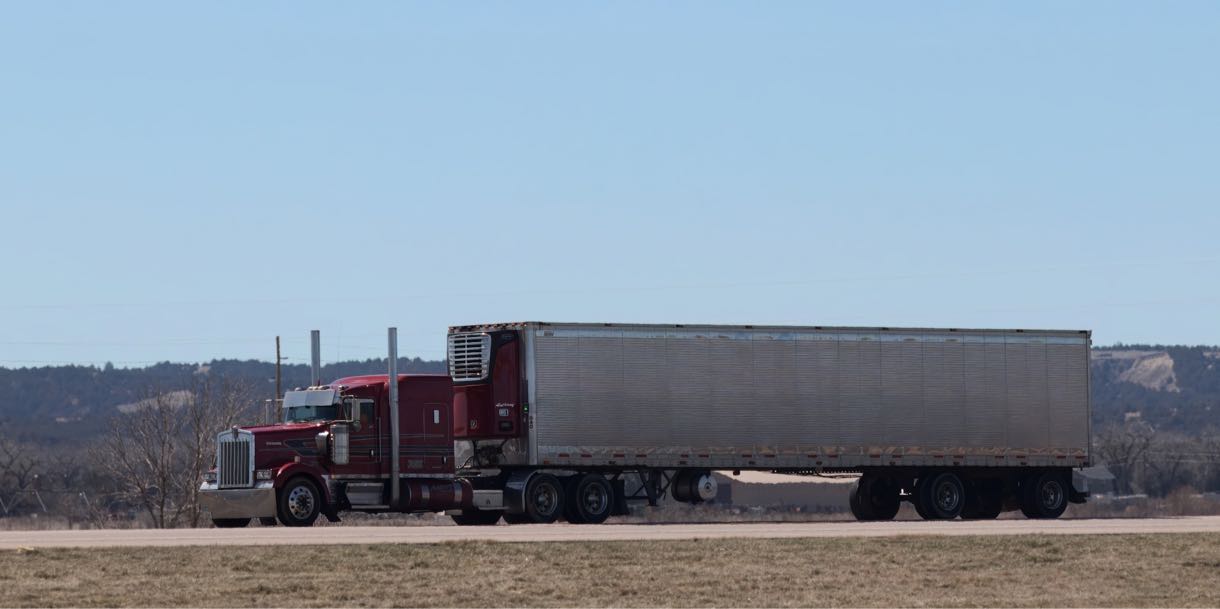The retail and transportation sectors are especially interwoven in the U.S. economy, which shows a complex interplay across numerous sectors. Big changes in consumer behavior are sparked by occasions like Amazon Prime Day and Independence Day, which have a cascading effect on the logistics and transportation industries. The following article explores the ways in which significant retail events affect transportation operations and mold the environment for both sectors.

Huge sales events in July 2024 have boosted the retail scene and resulted in a noticeable rise in trucking activity to and from warehouses. According to Motive’s integrated operations platform, truckload movements increased significantly in June, foreshadowing much higher sales anticipated in July due to Amazon Prime Day and Independence Day celebrations. This rise is not only a seasonal high; rather, it is a reflection of a larger pattern in which significant retail occasions raise the need for logistics and transportation.
Substantial Increases in Truck Visits The Motive Big Box Retail indicator shows that truck trips to warehouses increased by 10.8% in June over May and by a noteworthy 16% annually. These patterns show that businesses are aggressively restocking in anticipation of strong sales. Particularly, restocking activities increased dramatically by 32.9% in industries like electronics, textiles, and department shops, highlighting the scope of logistical operations needed to fulfill customer expectations.
Brick-and-Mortar Stores Gaining Momentum In spite of the growth of online shopping, physical businesses are not only surviving but flourishing. Motive’s research indicates a 13.8% increase in transportation activity for these retailers in anticipation of a busy summer retail season. The retail industry benefits greatly from this year-over-year increase in inventory activity, which also dramatically tips the scales in favor of carriers.

The trucking sector adjusts with calculated changes that are essential for preserving efficiency and controlling expenses while retail sales grow. Motive’s predictions indicate that rising ocean costs would cause trucking rates to change, forcing merchants to reconsider their inventory management plans.
Predicted Rate Changes and Strategic Adjustments Expected increases in trucking costs will probably force merchants to hold onto more goods for longer periods of time. The goal of this modification is to reduce the expenses related to subsequent, more costly restocking operations. This kind of strategic foresight is essential because it helps keep the supply chain running smoothly during busy seasons and prepares truckers and retailers for changes in costs.
Motive’s Strategic Predictions In contrast to other years, Motive anticipates a little earlier start to the Christmas season stocking. Current inventory-to-sales ratios and the changing dynamics of the supply chain provide the foundation for this change. Retailers hope to protect themselves against future interruptions and rate hikes by beginning the restocking process in October and guarantee a consistent supply of goods through the Christmas season.

The increase in retail activity helps the transportation industry but also poses obstacles that need for calculated reactions. Although the so-called freight recession has been a source of worry, the sector is beginning to recover and adapt, based on current trends.
Impact of Increased Restocking Activities The trucking sector is receiving much-needed support from the increased frequency of trucking trips to meet replenishment requests. This change serves to even the playing field in a market where a considerable number of carriers have left in the last 12 months. Because there are fewer carriers on the market, the ones that are left may take advantage of the rising demand, strengthening their financial stability and operational sustainability.
Future Market Conditions Although there are immediate benefits, the long-term picture is dependent on a number of variables, such as the price of fuel, borrowing rates, and market capacity as a whole. In order to sustain its recovery trajectory and take advantage of the expansion of the retail business, the trucking industry must continue to adapt as these fundamentals change.

The complex interplay between transportation logistics and retail sales highlights a connection in which one directly affects the other. The trucking sector has to strategically anticipate changes in order to adjust to the way that retail events like Amazon Prime Day are improving sales projections. This research provides projections that stakeholders in both sectors may utilize to better plan and implement their plans in addition to highlighting existing trends.
Ship A Car, Inc. stands out as the most reliable option when it comes to the transportation of vehicles and freight throughout the United States of America. Unrivaled service is provided by Ship A Car, Inc., regardless of the nature or dimensions of your shipment or the location of the cargo inside the United States. Contact a knowledgeable transport consultant at (866) 821-4555 right away to receive the most competitive shipping pricing available.
Q1: How do major retail sales events affect the trucking industry?
A1: As a result of retailers restocking in preparation for increased consumer spending, the need for transportation services is greatly increased during major retail events. This leads to an increase in the number of journeys to warehouses as well as fees for freight.
Q2: How can retailers and truckers prepare for fluctuating sales periods?
A2: Both truckers and merchants are able to successfully adjust to swings in sales by doing trend analysis, keeping flexible inventory plans, and maintaining flexible logistics methods. The most important things are strategic forethought and advanced preparation.
Q3: What are the long-term predictions for the trucking market amid retail adjustments?
A3: As merchants modify their stocking strategy and as economic factors such as fuel costs and interest rates stabilize, it is anticipated that the trucking business would enjoy growth and stabilization over the long run.




